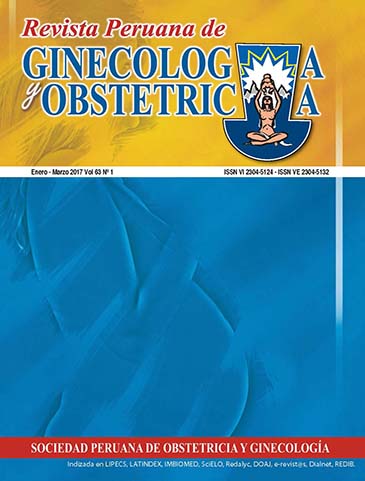Long-acting reversible contraception (LARC), a real contraception option in Peru
DOI:
https://doi.org/10.31403/rpgo.v63i1970Abstract
We analyze In this presentation there is no big difference in the efficiency and effectiveness between the long-acting reversible contraceptive methods (implants, IUD) known as the LARC methods (by its abbreviation in English) and the definitive long-acting surgical contraception (vasectomy, tubal ligation). The difference between both contraceptive methodologies is related with the temporality and reversibility of one method and the side effects that might originate from this. The low demand of LARC is probably due to the myths and barriers existing among some health providers and the population. Also to the failure in contraceptive advice, limited availability, or high costs for some vulnerable populations like the adolescents. The long-acting reversible contraceptives are a first line alternative to prevent an unplanned pregnancy in any age group in sexual activity. The efficiency and effectiveness comparable to that of the surgical contraceptive methods should be shared with the people as these methods give protection similar to a definitive method without being one. In Peru, they are included in the contraceptive mix offered by the ministry of health.Downloads
Download data is not yet available.
Downloads
Published
2017-04-22
How to Cite
Gutiérrez Ramos, M. (2017). Long-acting reversible contraception (LARC), a real contraception option in Peru. The Peruvian Journal of Gynecology and Obstetrics, 63(1), 83–88. https://doi.org/10.31403/rpgo.v63i1970
Issue
Section
Controversias
















